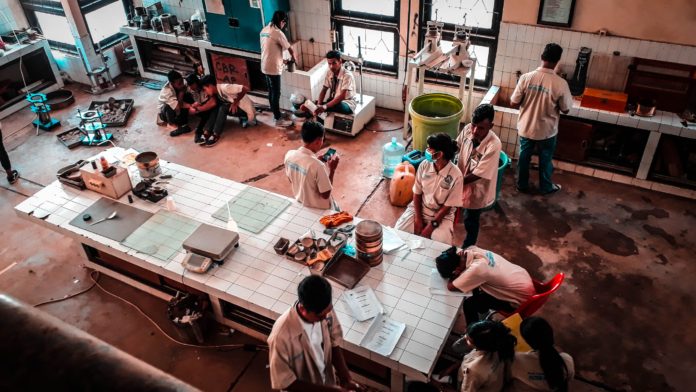It seems like technological improvements just continue to happen at a faster and faster pace, and when looking at 2017 in review, it was a year no different in this respect. Technology is continuing to play a bigger role in everyone’s lives, changing the way we work, live, love, and now, even obtain and interact with our healthcare providers. It wouldn’t be unreasonable to say that in 2017, some of the biggest changes in the healthcare field came as a result of changes in technology and new trends and improvements to existing technologies.
Healthcare IT expert Drew Madden understands that technology is vital to the future of healthcare and that we should expect the trend towards machine learning, artificial intelligence, and increased automation to continue well into the future. We now look back on some of the biggest advances from 2017 and review how these changes affect the ways that we interact with healthcare providers, how data is stored, and more.
As specialists like Drew Madden know, technology doesn’t just affect the way that patients interact with their healthcare providers, it has also changed the way the new and existing doctors are trained in new procedures. Augmented reality has seen a huge boon in the past few year, with 2017 being a bit of a watershed moment for the technology. Augmented reality provides anatomically correct, 3D tools that allow students and doctors to practice new techniques using augmented reality, rather than needing access to a cadaver.
These types of technologies are likely to only continue to grow in importance in training and education for any number of types of healthcare professionals. Drew Madden and his colleagues also understand that 3D printing technologies are likely to play a significant role in healthcare in the future. 2017 saw rapid advances in the use of 3D printing in the healthcare field. There is now research in a wide variety of fields and researchers have now successfully used a 3D printer to create human organs. There is also work being done on using 3D printers as a means to more cheaply and efficiently produce pharmaceuticals.
There is a whole host of ways that the use of 3D printing for pharmaceuticals can have a dramatic impact on the healthcare field, further illustrating the notion of Drew Madden and colleagues that the way of the future in medicine will be technological in nature. With 3D printed drugs, you can tailor each drug to the patient’s exact needs, from dosage to the way that the pill is absorbed in the body. This can have a dramatic impact on healthcare outcomes and could also lead to fewer side effects and negative reactions to pharmaceutical drugs.
A topic that has been pretty popular among IT professionals like Drew Madden for a few years now is what is called the Internet of Things. 2017 is the year that we say the Internet of Things has really begun to be represented in the healthcare field. Basically, what the Internet of Things refers to is the increasingly connected nature of our world. We have more and more so-called smart devices that can send and receive data for a wide range of uses, and this type of technology can be particularly helpful for the healthcare industry.
The Internet of Things has revolutionized the way that many doctors access information as it provides many benefits, like the ability to track patients and devices in real time. This allows the staff to easily locate things that may be tucked away somewhere out of sight but are desperately needed. This type of technology is also being used in medical devices themselves, providing doctors with accurate, real-time information about their patients.
Additionally, 2017 saw the field of healthcare not only become more data-driven, but also become more like other types of consumer markets. IT professionals like Drew Madden have seen that more and more patients want choice, ease of access to services, and great customer care they receive when they obtain medical services. Surveys conducted over the last year have shown that consumers are now looking at the field of healthcare in much the same way they do any other commodity—they are looking for choice, quality, value, and a positive experience. Our ability to harness all this newly acquired data will help the healthcare field to provide consumers with the type and quality of services they are looking for.
There are so many more advances that occurred in 2017, from a successful head transplant to rapid advances in our understanding of the human genome, and our ability to manipulate DNA. Our computing systems are getting ever more complex, giving them the ability to analyze huge amounts of data in exceedingly complex ways, rapidly improving our understanding of the body and its inner workings. These new advances are likely to revolutionize the way we look at healthcare in the future and the potential for positive health outcomes is seemingly endless.




